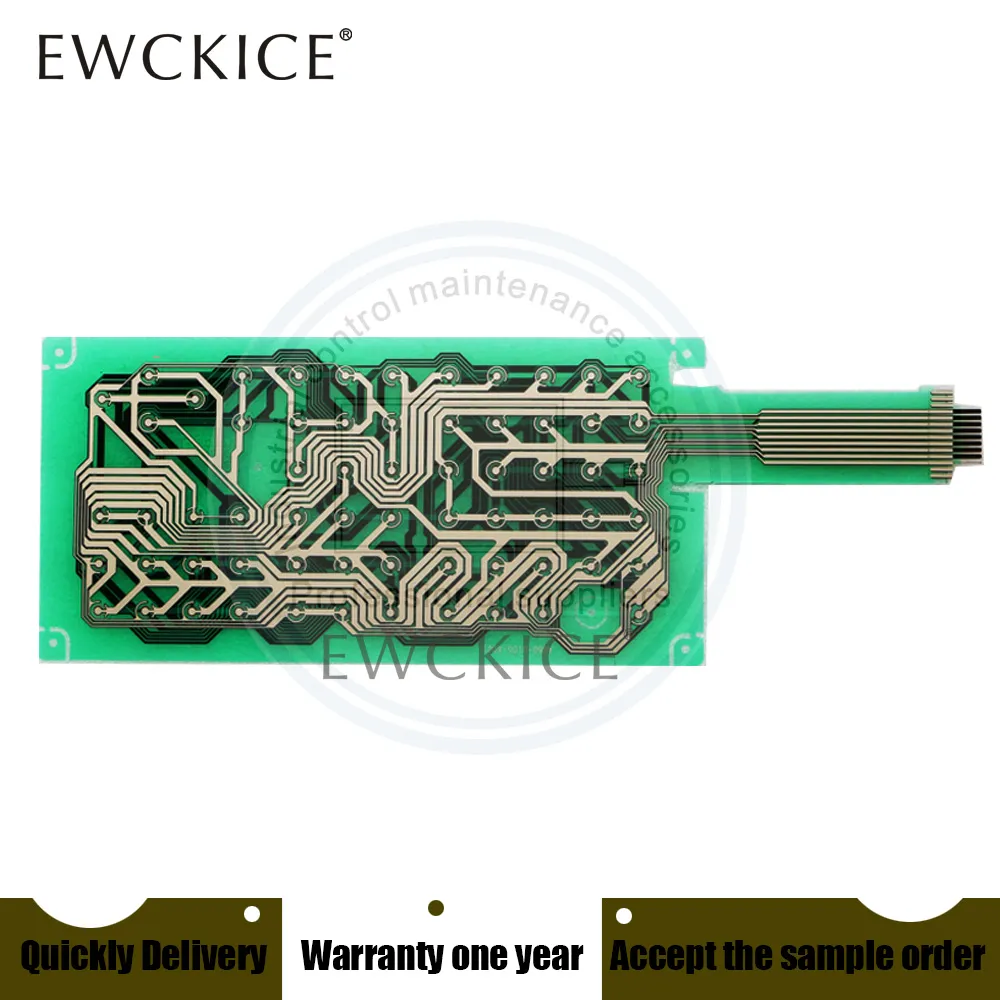How Membrane Switches Are Shaping the Future of Electronic Interfaces
How Membrane Switches Are Shaping the Future of Electronic Interfaces
Blog Article
Recognizing Membrane Layer Changes: The Secret to Reliable and sturdy Controls

What Are Membrane Switches?
Membrane layer switches are an advanced solution in the realm of interface modern technology, incorporating capability and style flawlessly. These devices serve as an interface in between individuals and digital systems, integrating a number of parts right into a small style. Commonly constructed from adaptable, thin layers of products, membrane layer buttons are made to reply to touch, enabling individuals to interact with machinery and digital gadgets successfully.
The primary elements of a membrane layer switch consist of a printed circuit layer, visuals overlay, and a spacer layer that protects against unintentional activation. The visuals overlay can be tailored to mirror brand identification or individual choices, boosting aesthetics while ensuring usability. Membrane switches are typically used in different applications, including medical tools, consumer electronic devices, and commercial tools, owing to their resilience and resistance to environmental aspects such as dampness and dirt.
Among the key advantages of membrane layer buttons is their capability to hold up against wear and tear, making them suitable for high-traffic environments. Additionally, they are light-weight and need marginal area, enabling innovative designs in item growth. On the whole, membrane switches stand for a practical and reliable choice for modern-day electronic user interfaces, weding modern technology with user-centric layout principles.
How Membrane Switches Work
The operation of membrane layer switches over hinges on a basic yet reliable device that equates user input into digital signals. These buttons are composed of multiple layers, typically including a visuals overlay, a spacer layer, and a circuit layer. When a customer presses the switch, the top layer warps, enabling a conductive component in the circuit layer to make call with a matching conductive pad on the bottom of the visuals overlay. This contact shuts the circuit and sends out an electronic signal to the device, showing that the button has actually been turned on.
The design of membrane layer switches can vary, but they typically include domes or responsive aspects to give responses to the individual, enhancing the total experience - membrane switch. The products used in membrane buttons, such as polyester or polycarbonate, contribute to their longevity and resistance to environmental variables, consisting of wetness and dust. In addition, the printed circuits are commonly encapsulated, which shields them from damage in time.
Advantages of Membrane Layer Switches

In addition, membrane layer switches are understood for their resilience. Created from robust materials, they are resistant to dust, wetness, and physical wear, which significantly extends their life-span contrasted to conventional mechanical buttons. This resilience makes them specifically ideal for high-traffic settings and applications requiring durability.
Another considerable benefit is the convenience of cleansing and maintenance. The smooth surface area of membrane switches minimizes dirt buildup and is often impervious to spills, making them perfect for setups that need constant sanitization.
Moreover, membrane buttons offer a structured account, bring about a thinner layout that can be integrated into different gadgets without adding bulk. This attribute not just improves the visual charm however additionally adds to an extra ergonomic item style.
Applications of Membrane Switches
Versatile and user-friendly, membrane layer switches discover applications throughout a wide variety of markets, consisting of clinical tools, consumer electronics, and commercial equipment. In the medical area, these buttons are important to devices such as diagnostic devices, individual tracking systems, and infusion pumps, where reliability and convenience of cleaning are crucial. Their ability to keep and stand up to severe atmospheres performance makes them suitable for such applications.

In consumer electronics, membrane buttons are made use of in items like microwaves, washing makers, and remotes - membrane switch. Their smooth he has a good point layout enables intuitive interface, boosting the overall individual experience while providing toughness and resistance to wear and tear
Industrial tools also takes advantage of membrane layer buttons, especially in control panels for equipment and automation systems. These switches provide security against dirt useful link and dampness, guaranteeing regular efficiency in difficult settings. Additionally, their personalized attributes enable makers to customize them to particular operational requirements, improving efficiency and performance.
Choosing the Right Membrane Layer Change
When selecting a membrane button, it is necessary to think about different elements that affect performance and viability for specific applications. The key considerations consist of environmental problems, tactile responses, toughness, and design requirements.
First, examine the operating setting; switches revealed to moisture, chemicals, or extreme temperature levels need particular products to ensure longevity and capability. Next off, assess the demand for responsive comments. Depending on customer interaction, some applications might benefit from a responsive response to confirm activation, while others might prefer a non-tactile style for visual reasons.
Longevity is an additional important factor; membrane buttons need to be made to withstand regular use, impacts, and abrasion. Make sure the picked switch can withstand the anticipated lifecycle, particularly in high-usage scenarios.

Final Thought
In final thought, membrane layer switches over serve as essential components in the layout of resilient and trustworthy control systems across different markets. The versatility of membrane layer switches enables for customized remedies that meet certain operational needs, enhancing their relevance in modern-day technology.
Membrane switches over stand for an important aspect of modern-day interface design, mixing performance with strength in various applications.Membrane layer buttons are an advanced option in the realm of user interface modern technology, incorporating functionality and design flawlessly. Normally constructed from adaptable, thin layers of materials, membrane switches are designed to react to touch, making it possible for customers to connect with machinery and digital devices efficiently.
The design of membrane layer switches can differ, however they commonly integrate domes or responsive hop over to these guys components to supply comments to the user, enhancing the total experience.In verdict, membrane layer changes offer as essential components in the layout of resilient and dependable control systems throughout different markets.
Report this page